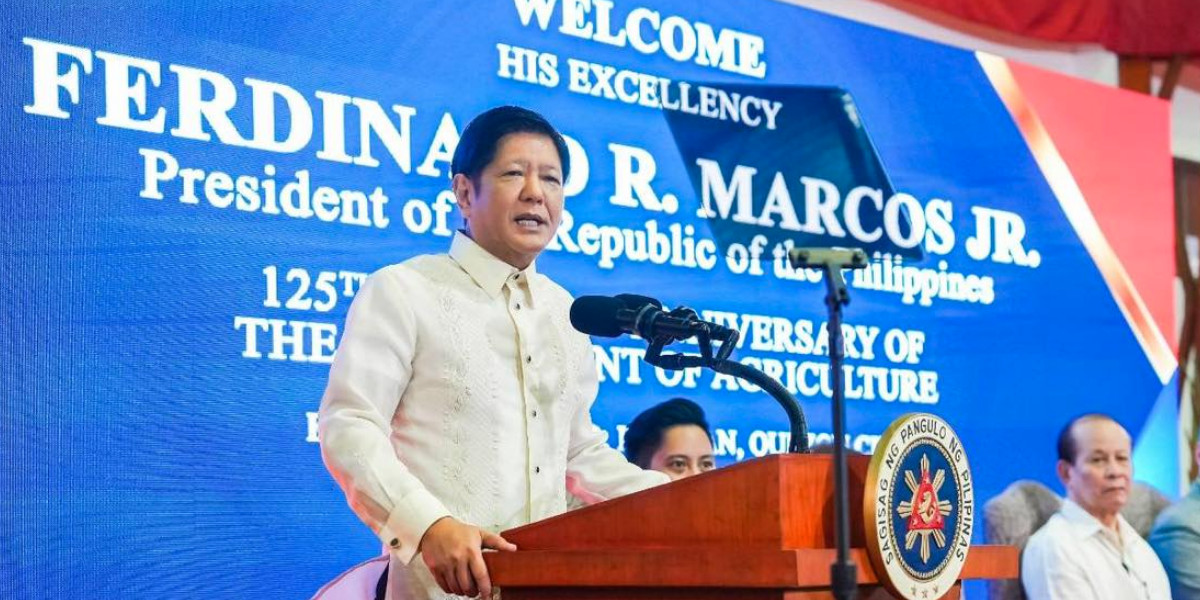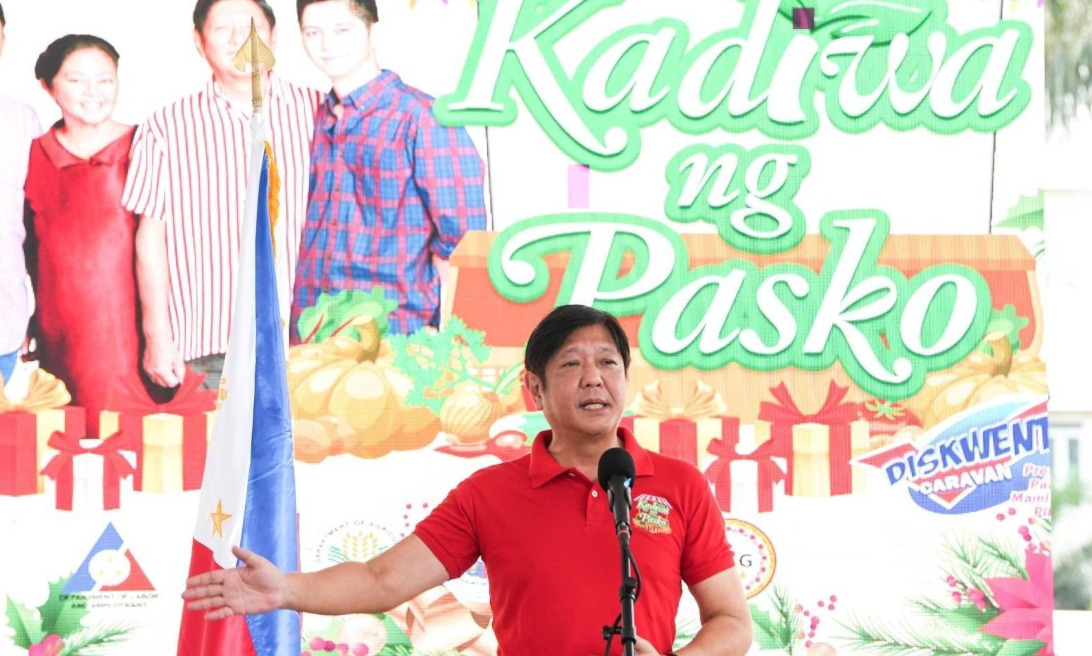President Ferdinand Marcos Jr., concurrently the secretary of Agriculture, recently said his father’s Masagana 99 program “made the [Philippines] self-sufficient and a rice exporting country,” citing it as one of the “many milestones” in the 125-year history of the Department of Agriculture (DA). This lacks context.
The Masagana 99 program has been hounded by issues such as lack of sustainability, problematic credit system, and use of pesticides harmful to the environment. The program derived its title from the Tagalog word masagana, which means bountiful, and 99, referring to the estimated number of sacks of rice harvested per hectare of land.
It was intended to run only for a single planting season from May to October 1973. In May 1974, Marcos Sr. ordered its nationwide implementation to boost the harvest of rice from the national average of 40 cavans (one cavan is equivalent to around 50 kilos per sack) to 99 cavans following a series of rains that flooded at least 200,000 hectares of riceland in Central Luzon in 1972.
STATEMENT
In his speech during the DA’s 125th founding anniversary on June 20, Marcos said:
“Starting as the Department of Agriculture and Manufacturing 125 years ago, the Department of Agriculture has seen the realization of many milestones such as the implementation of the Masagana 99 program, which made the country self-sufficient and a rice exporting country; the implementation of the Agriculture and Fisheries Modernization Act of 1997, this mobilized rural development and the modernization of the country’s agriculture and fisheries sector; and the promotion of urban agriculture to address concerns on food supply during [the] COVID-19 pandemic.”
Source: Presidential Communications Office official website, 125th Founding Anniversary of the Department of Agriculture (Speech) 6/20/2023 (transcript), June 20, 2023, watch from 02:11 to 02:57
Last May, Marcos Jr. approved his own rice roadmap called Masagana Rice Industry Development Program that aims to achieve a 97.5% rice sufficiency through various strategies such as new technology and digitalization, and prioritizing the welfare of Filipino farmers.
FACT
Seven years after it was launched in May 1973, Masagana 99 became inconsequential and was quietly discontinued in 1984, according to a research by the University of the Philippines Third World Studies Center (UP TWSC). Experts attributed the shutdown of Masagana 99 to various factors such as low loan repayment of farmers, its problematic implementation, and rising farmer debt.
Although the Philippines achieved rice self-sufficiency in 1976, Kenneth Smith, who worked in the Philippines from 1971 to 1976 as advisor to the United States Agency for International Development (USAID), said Masagana 99 owed its “qualified” success to the expansion of hectarage (land) planted to rice, “not simply [by the] increased yields per hectare, as was originally anticipated” by the Marcos Sr. administration.
Smith, who helped set up a management information system to track the progress of Masagana 99, added that the increase in rice harvest paved the way for the Philippines to become a rice-exporting country again in 1977.
However, data from the Food and Agriculture Organization of the United Nations show that from 1973 to 1986, the Philippines imported more rice than it exported. For example, it imported around 1,453,580 metric tons of milled rice and exported only about 595,066 metric tons from 1973-1986.
According to Smith, the Marcos Sr. administration failed to sustain the non-collateral credit policy of Masagana 99 due to non-payment of many farmers’ loans. Under the program, farmers had to take out loans to avail themselves of a new farming technology package consisting of high-yielding rice seeds, low-cost pesticides, herbicides and fertilizers.
In an analysis for the International Food Policy Research Institute Researchers in 1988, data computed by researchers Mark Rosegrant and Ammar Siamwalla showed that only around P3.12 billion out of the P3.82 billion total loans granted were repaid.
In a May 2020 Senate hearing, former Finance secretary Carlos Dominguez said that when he was Agriculture secretary during the Corazon Aquino administration from 1987 to 1990, the government had to rescue around 800 rural banks that went bankrupt due to unpaid loans by farmers under the Masagana 99 credit scheme.
Dominguez made the statement after Marcos Jr.’s eldest sibling, Sen. Imee Marcos, proposed the adoption of a scheme similar to Masagana 99 to help raise farmers’ production at the height of the COVID-19 pandemic.





